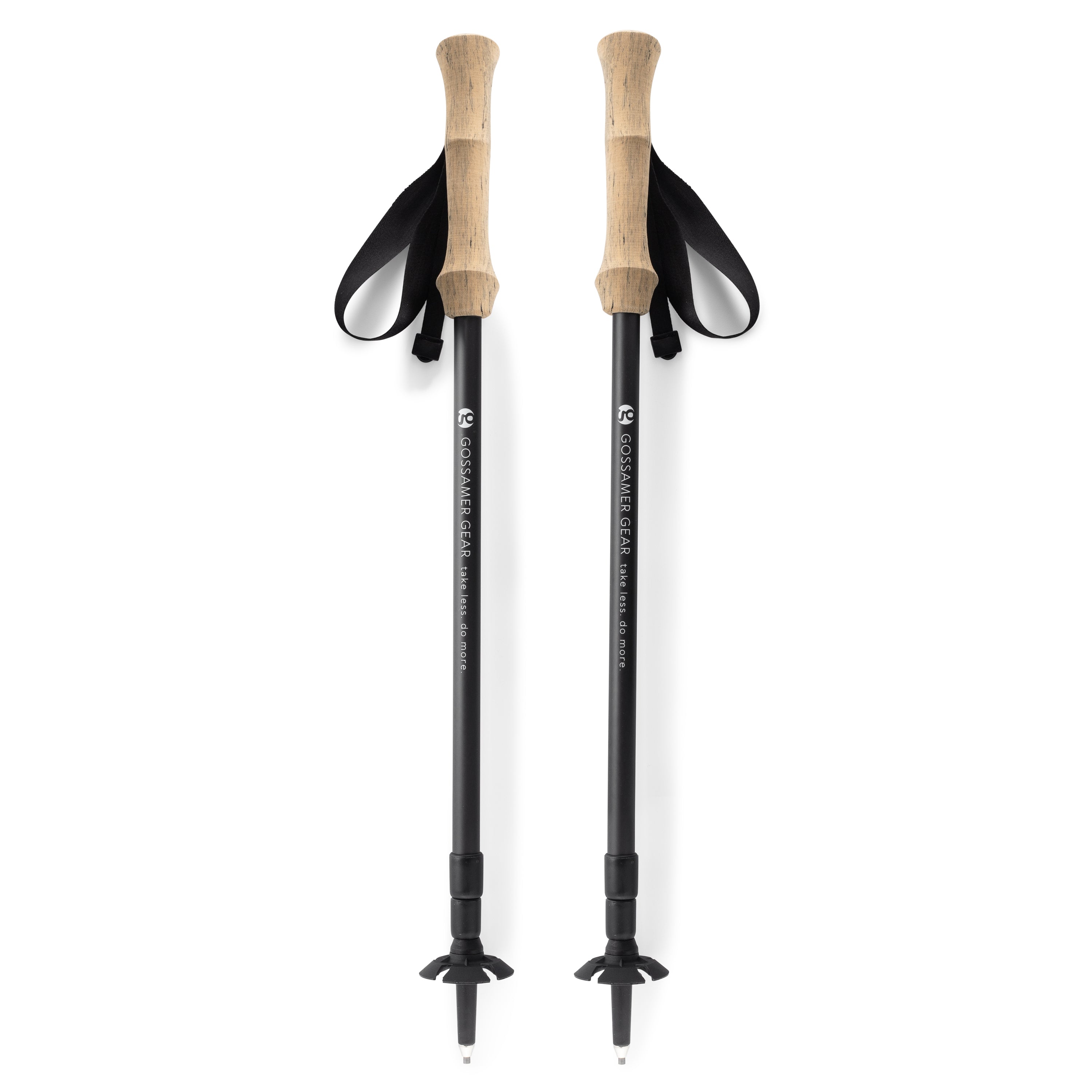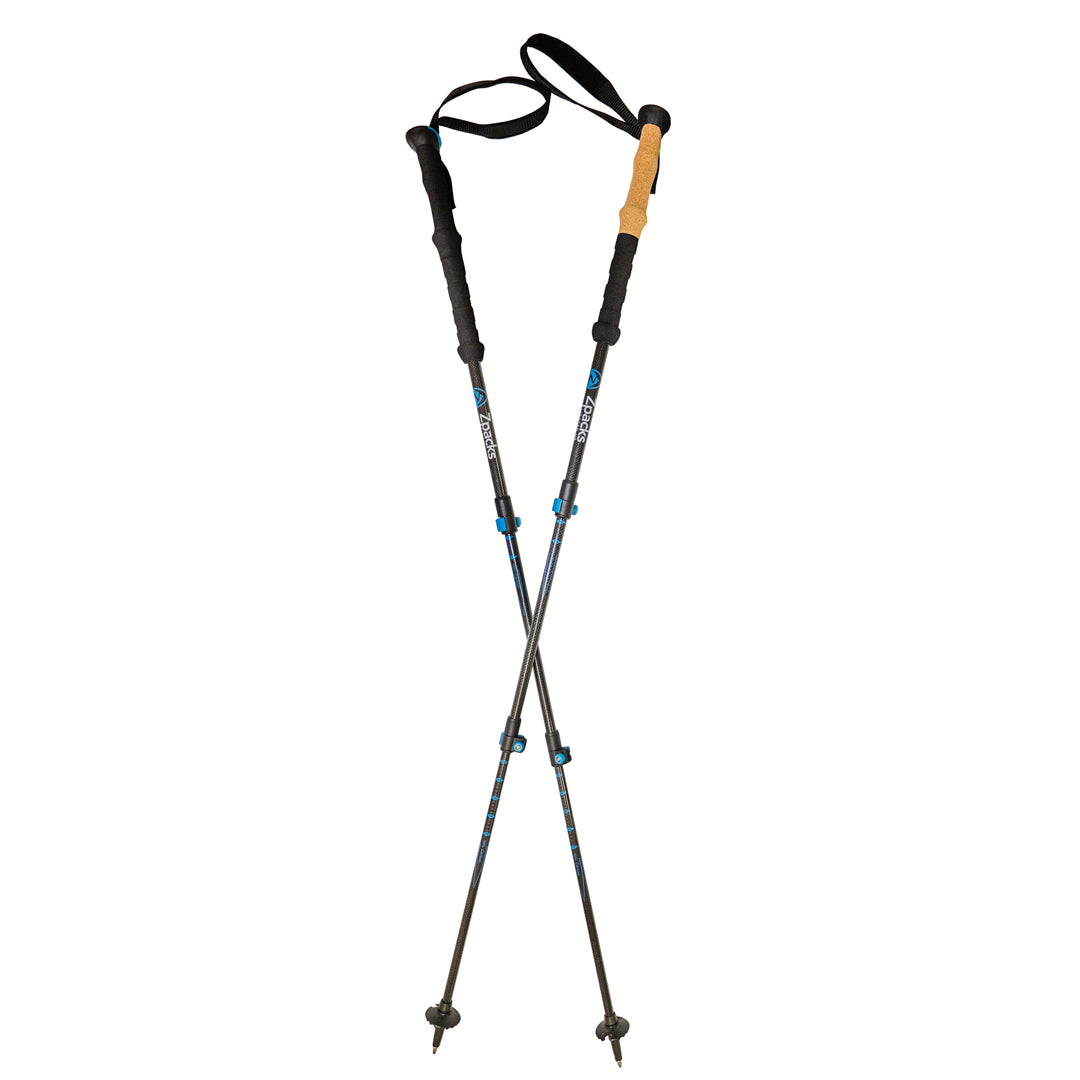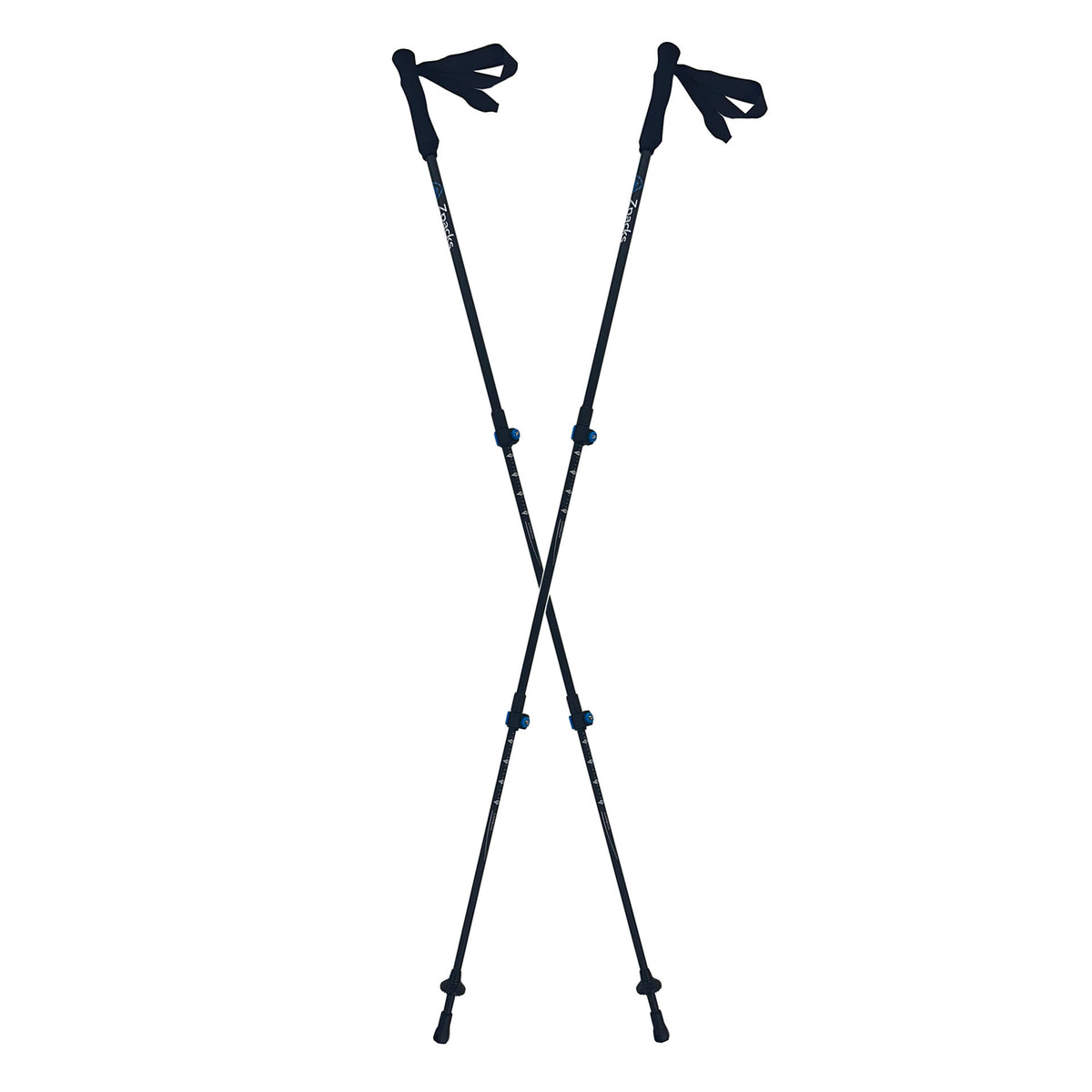Backpackers have a secret weapon: trekking poles. These simple tools pack a serious punch when it comes to on trail performance. Science says they reduce knee strain by up to 40% on descents - no small feat for long distance backpacking and associated joints. They're not just for the older trekkers, though. Even seasoned hikers swear by them for stability, speed, and that sweet upper-body workout bonus.
The real question isn't whether to use them, but why anyone still hits the trails without them.
While many hikers view trekking poles as unnecessary accessories, the science tells a different story. Research shows these seemingly simple sticks pack a serious punch when it comes to protecting your body and enhancing your hiking experience.
The numbers don't lie - trekking poles reduce the force on your knees by a whopping 25-40% in downhill sections. That's a lot of saved knee cartilage, people.
Let's talk stability. Two extra points of contact with the ground mean you're less likely to face-plant on that tricky terrain. Crossing streams? Those poles become your best friends. Carrying a heavy pack that makes you wobble like a penguin? Poles help with that too. They're especially clutch on steep descents when gravity thinks it's funny to test your balance. The shock-absorbing poles help minimize impact during these challenging descents. A study at Northumbria University found that muscle function was notably better maintained in hikers who used poles.

The speed and endurance benefits are impressive. Trekking poles facilitate longer, faster strides - especially while climbing those spirit-crushing uphills. They create a more natural walking rhythm and, surprisingly, make the whole experience feel easier. Who doesn't want to hike faster while feeling like they're working less? It's like having a cheat code for the trail.
Trekking poles are nature's cheat code - helping you conquer uphills faster while making the entire hike feel mysteriously easier.
Here's where it gets scientific: these poles greatly reduce muscle damage. The proof is in the creatine kinase levels - a marker for muscle damage that's remarkably lower in hikers using poles. Translation? Less post-hike soreness and faster recovery. Your legs will thank you, especially after those brutal descents that turn your quads into jelly.
The full-body workout aspect is no joke. Trekking poles engage your arms and shoulders, burning 20% more calories compared to hiking without them. That's right - more calories burned while actually making the hike easier. Talk about a win-win situation. Plus, they help prevent that annoying hand swelling that happens with elevation gain.

The versatility of trekking poles might surprise you. Need to test water depth? Check. Emergency splint? Got you covered. Tent poles for ultralight shelters? Yep. Spider web clearer? Absolutely. They're the Swiss Army knife of hiking gear, minus the actual knife part.
Perhaps most surprisingly, trekking poles add a zen-like quality to hiking.
They create a rhythm that turns your trek into a moving meditation. The consistent pole-plant pattern becomes almost hypnotic, reducing mental fatigue by distributing physical effort more evenly. It's like finding your hiking groove, but with added stability insurance.






